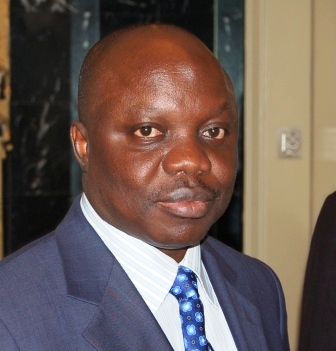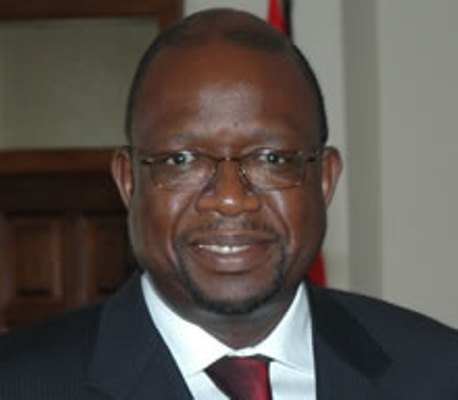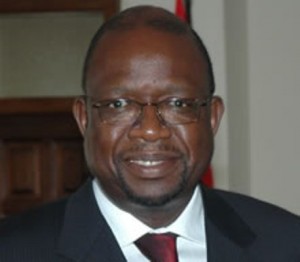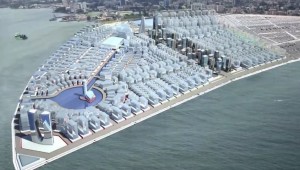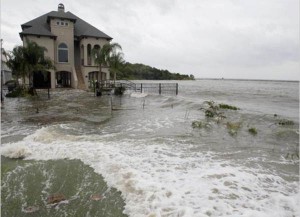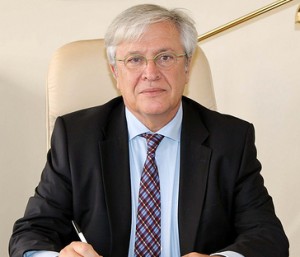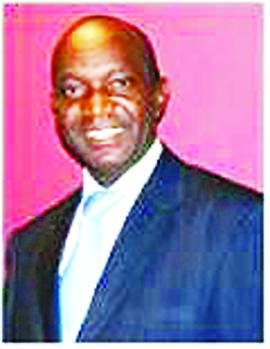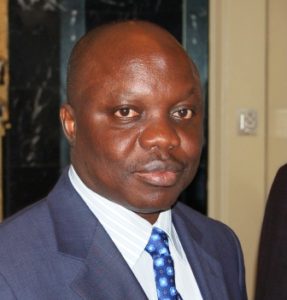
Ikem Victor is Programme Co-ordinator at Environment Communication Research Group (ECREG), a Lagos-based environment advocacy group. He examines Delta State Government’s initiatives relating to global warming; adding that the emergence of a climate change policy and framework of action is commendable
Recently, Delta State emerged as first and only state, so far in Nigeria, to develop and launch a comprehensive climate change policy and framework of action to mitigate climate change’s growing negative impacts in the state which is one of the most volatile coastal regions, with worsening levels of ecological hazards, in sub-Saharan Africa. This policy initiative is expected to set in motion effort to ensure steady evolution of an environmentally friendly clean energy and a green economy process that would see the state emerge as one of the most proactive and ‘smart state’ in Nigeria and indeed Africa within the next few years.
The government of Dr. Emmanuel Uduaghan has always promoted the vision of a Delta State beyond oil which can be linked to the government’s determination to reduce the state’s continued over dependence on oil as primary and only major source of revenue, and indirectly on a medium to long term basis, offer some breather from the overwhelming degradation of the environment which is a fallout of years of oil exploration and environmental negligence by the big oil and gas multinational corporations.
Niger Delta region of Nigeria is characterised by lowlands with most of the delta being less than 6m above sea level, according to expert findings, making the region very much exposed to rise in sea level. The abundant rivers, creeks and streams expose the region to adverse environmental negative impacts with significant flooding resulting from inland surface waters and the boundary coastal shelf. Food production has been adversely affected by the recurring climate change induced flooding.
Oil exploration in Niger-Delta has been on for over 50 years without any corresponding effort to clean up or renew the environment and for this reason the region has become one of the most degraded and endangered in the world. The oil and gas industry is the most vibrant industry in Nigeria and it contributes over 85 percent of total income of the country, yet there is no corresponding growth, with regards to fiscal and physical development, in this region that produces all the wealth of the nation. The United Nations Environmental Programme (UNEP) report on environmental degradation in Nigeria’s oil rich but infrastructure poor Niger Delta region exposes not only the highest levels of neglect and abandonment but (un) conscious abuse of the very resources and the environment that ultimately decides the fate of all human beings within its remote or immediate influence. There are yet to be concrete response action to clean up oil spillage in the region amidst unending blame game going on among key stakeholders.
The commitment of Delta State towards addressing many of the environmental challenges facing the state through a well thought out policy, and soon to be enacted enabling laws, is remarkable. It is on record that Udghahan is a co-founder of R20, a coalition of 50 sub-regional leaders and governors from around the world with the goal to develop policy instrument and response actions towards addressing climate change and other environmental problems globally.
Addressing guest present at the event to launch the new climate change policy in Asaba, the governor, who was represented by his deputy, acknowledged that climate change was a serious global problem that could not be ignored saying that the objective of the policy was to set out a framework for reducing the vulnerability of the local communities to the anticipated impact of climate change and also develop a low carbon and climate resilient economy. The governor recognises that the devastating impact of climate change on all human systems were seen in the ravaging and unprecedented floods, which had hit the world in recent times, including extreme weather situations such as heat waves, typhoon and tsunamis hence the state is collaborating with United Nations Development Programme on the initiative referred to as Territorial Approach to Climate Change (TACC).
According to available report, the Territorial Approach to Climate Change (TACC) is part of a partnership between the United Nations and sub-national governments for fostering climate friendly development at the sub-national level. The partnership which is a collaborative effort involving UNDP, UNEP and eight associations of regions was signed in December 2009 between Delta State and UNDP as part of efforts to tackle environmental devastation arising from climate change. It is reasoned that being an oil and gas producing state, Delta State is well positioned to seize opportunities from climate change mitigation actions. And at the same time, being a coastal state, Delta State is particularly vulnerable to sea water rise and therefore has to develop a strategy to analyse the present and future vulnerability of the state.
Within the context of varied expectations, Delta State anticipates that the partnership with UN through TACC will assist the state government in developing capacity to assess the level of environmental damage caused by oil pollution and rising sea level. The goal of the initiators is that the TACC project will support the integration of climate change adaptation and mitigation measures into sustainable development planning and programming in developing countries like Nigeria.
Not only is Delta State vulnerable to the heavy negative impact and consequences of climate change, the state may certainly loss huge revenues in the future toward solving social and economic problems that can arise from climate change-related crises. It is hoped that the foresighted government would match words with action by not allowing this to be a policy just on paper alone or a law for its sake. But see to it that the very details of the policy are implemented completely, with serious attention paid to the very rural areas where the overwhelming consequences of climate change are being felt in all aspects including agriculture, food production, water scarcity, housing and health.
It is also a wish that the next administration in Delta state after Uduaghan, by 2015 going forward, will be able to demonstrate the same level of zeal, energy and commitment by paying urgent attention to climate change related issues as have been the case with the state’s current leadership.
The race to mitigate climate change impact is not a competition about who is first, but a lifelong journey towards sustainable development and economic growth of nations and the world.

